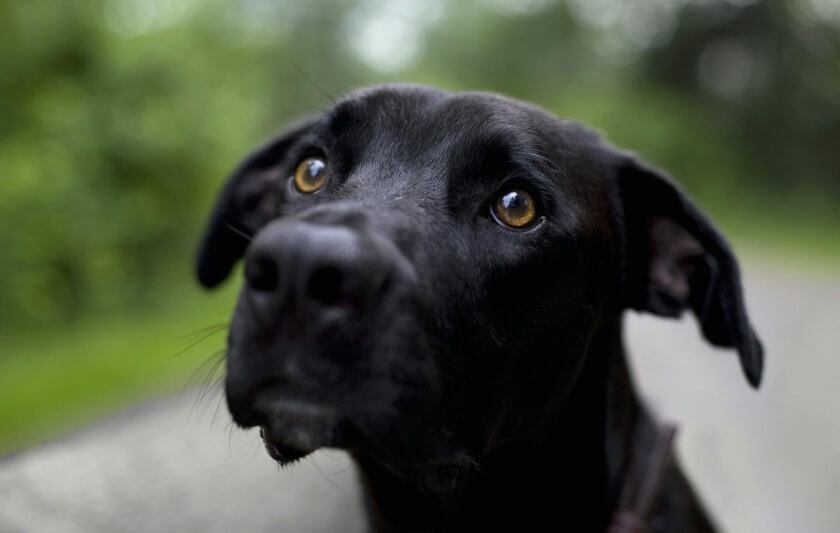You wouldn’t eat arsenic, so why do pet food manufacturers think you’d feed it to your cat or dog? Perhaps they’re hoping you’ll never find out how much toxic metal is in pet food, and on the off chance that someone does find out, no one, including the government, will believe it.
Recently, a report of an extensive scientific study of pet food ingredients by Spex CertiPrep, titled Analysis of Pet Food for Inorganic Contaminants, found widespread toxic metal contamination of pet food. They found amounts of these toxic metals in levels up to 120 times over the upper limit levels for human consumption.
Now imagine, since the average cat weighs 10 pounds and humans weigh an average of 177 pounds, it doesn’t take a rocket scientist to figure that our poor pets are being poisoned.
But, since reliable data on the limits for metals for dogs and cats does not exist, we have to go by what the Environmental Protection Agency (EPA) and the World Health Organization (WHO) guidelines set for the upper limits in humans.
For example, the EPA RfD – is the oral Reference Dosage defined as:
“…an estimate…of a daily exposure to the human population (including sensitive subgroups) that is likely to be without an appreciable risk of deleterious effects during a lifetime…expressed in units of milligrams per kilogram of bodyweight per day (mg/kg/day).”
Based on that data the report found – get ready – mercury in levels greater than 120 times the Reference Dosage limit for humans in dog food.
The findings don’t get any better: They also found toxic levels of iron, arsenic, copper, lead, zinc and cadmium.
Poultry fed arsenicals likely source of contamination
Among those toxic minerals is one we are probably most familiar with and that is one is arsenic.
Arsenic is known as a toxic substance and is classified as a known human carcinogen by the Centers for Disease Control (CDC). The most likely source of the arsenic contamination in the pet foods are a result of various organic arsenicals used as herbicides and as antimicrobial additives for animal and poultry feed.
The toxic reaction of the quarternary mixture
Further, the combination of arsenic, cadmium, chromium and lead found in pet food analysis by Spex CertiPrep together form an even more dangerous toxic reaction. Lead, arsenic, cadmium, and chromium constitute a very frequently occurring quaternary mixture at hazardous waste sites.
Just how is this happening?
According to a report by the Food and Agriculture Organization of the United Nations, World Health Organization report Animal feed impact on food safety: report of the FAO/WHO expert meeting in 2007 the possible contamination could be from the following sources:
Minerals, their sources and bioaccumulation in animal tissues
- Arsenic (inorganic) sources: fish products and mineral supplementation
- Cadmium sources: mineral supplementation (such as phosphate and zinc sources) and manure, sewage and phosphate fertilizers
- Lead sources: mineral supplements (copper sulfate, zinc sulfate, zinc oxide)
- Mercury sources: fish meal
This problem obviously is not limited to pet food, in fact, the meat and poultry in pet food comes from the very same animals that humans consume. A more detailed examination of the contamination of our nation’s meat supply is explained by David Kirby, author of the recently published book Animal Factory, who wrote Drugs, Poisons and Metals in Our Meat about a recent USDA’s audit that describes the consequences and health ramifications this could mean to Americans.
He writes:
“Since consumers have no easy way of protecting themselves against the residues of harmful substances in their food, it is important that the national residue program’s controls be as robust as possible to prevent meat contaminated with harmful substances from reaching the kitchen table.”
I would add that consumers also have no way of protecting their pets against the harmful substances in their pet’s food, because for many their pets are their children so whether the food is intended for humans or animals becomes irrelevant.


Comments (2) Write a comment